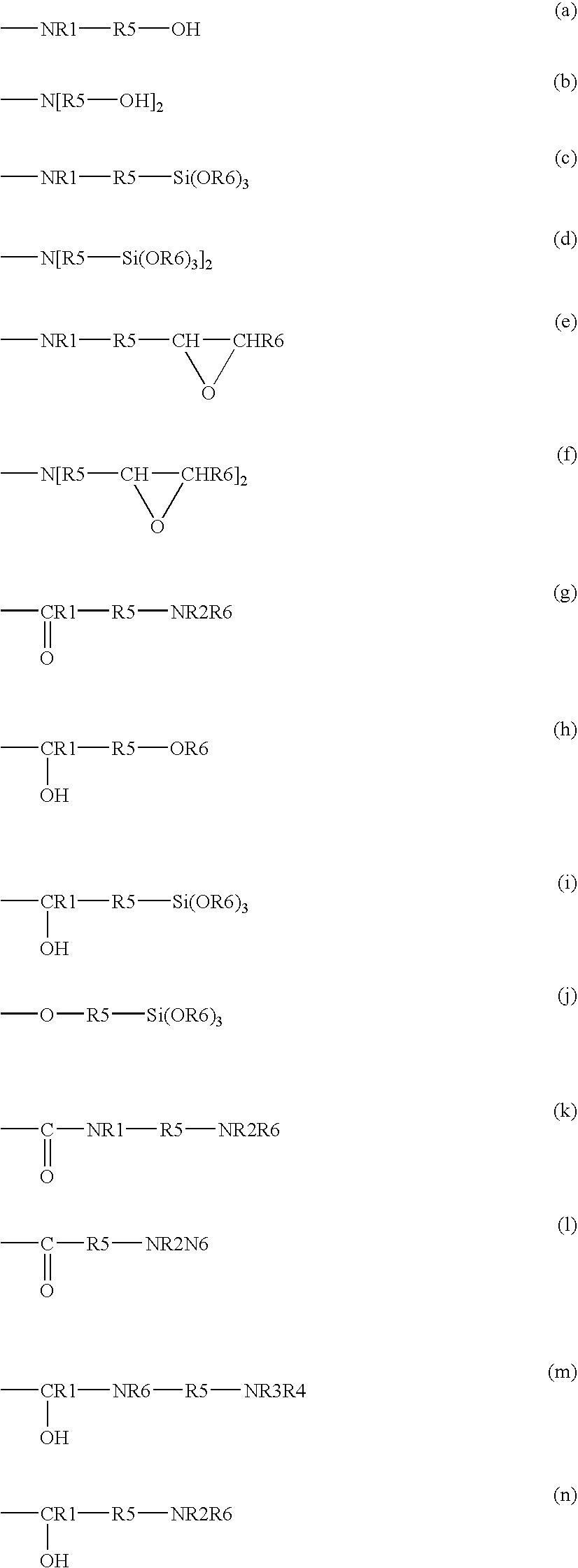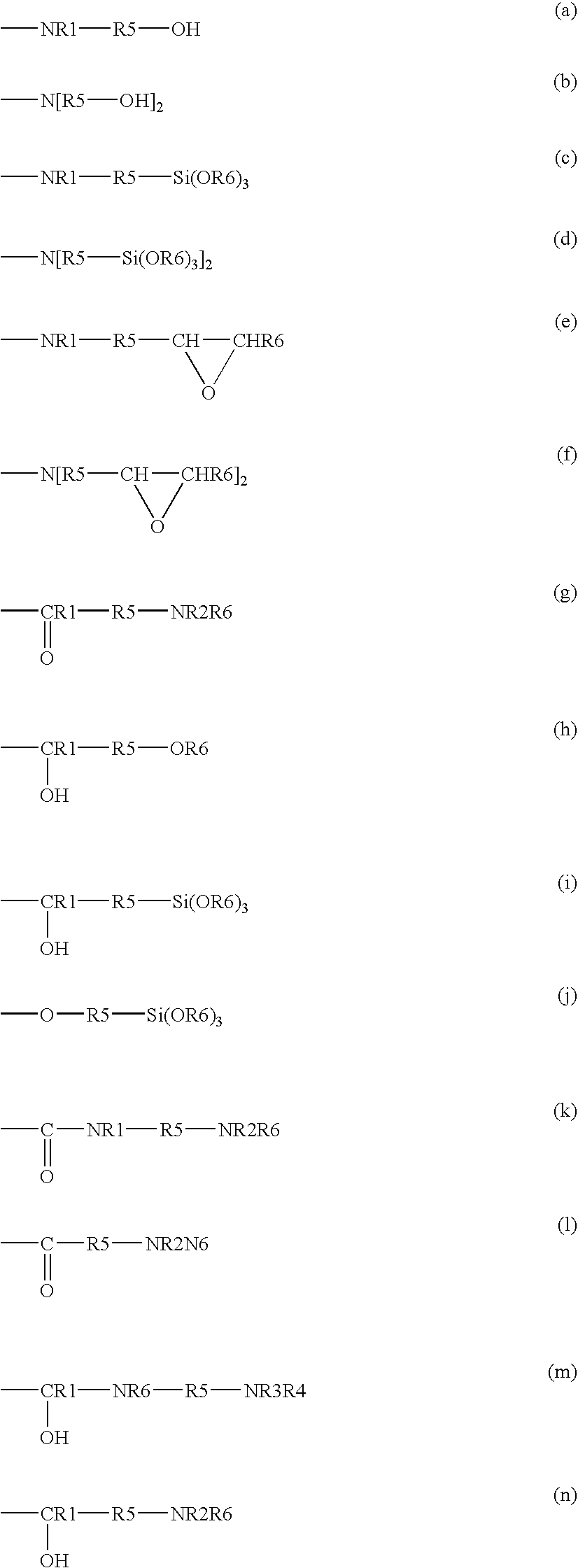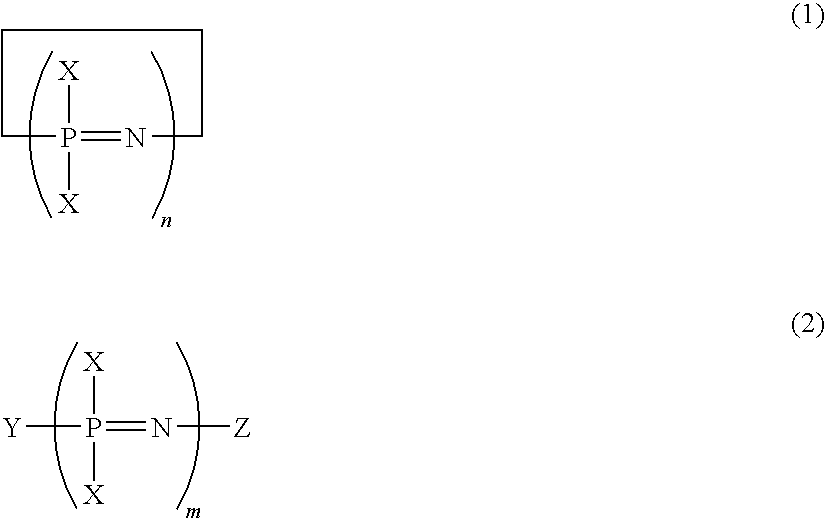Thermally conductive material and thermally conductive sheet molded from the thermally conductive material
- Summary
- Abstract
- Description
- Claims
- Application Information
AI Technical Summary
Benefits of technology
Problems solved by technology
Method used
Image
Examples
examples
[0267]The present invention will be specifically described below with Examples, and the present invention is not limited only to the Examples.
[Raw Materials]
(Polymer 1)
[0268]This was produced by the following polymerization process.
Reaction Conditions and the Like
[0269]Reactor: A stirrer having an internal volume of 10 L and a jacketed tank reactor[0270]Reaction temperature: Kept at 70° C. during polymerization.[0271]Kept at 65° C. during hydrogenation reaction.[0272]Hydrogenation catalyst: 1 L of dried and purified cyclohexane was placed in a reaction vessel for nitrogen-substituted hydrogenation catalyst preparation, to which 100 mmol of bis(η5-cyclopentadienyl)titanium dichloride was then added. An n-hexane solution containing 200 mmol of trimethylaluminum was further added under vigorous stirring and reaction was allowed to take place at room temperature for about 3 days to prepare the desired catalyst.
Reaction Procedure
[0273](i) 10 mass parts of cyclohexane was placed in the re...
examples 19 and 20
[0393]In Example 19, 1 mm-thick resin sheet was obtained with the composition of Example 2 by calendering.
[0394]In Example 20, a thermally conductive sheet specimen formed from a 1 mm-thick thermally conductive material was obtained with the composition of Example 2 by T-die sheet forming.
[0395]Table 3 shows results of evaluation comparing the formed products with the 1 mm-thick press-formed sheet of Example 2.
examples 21 and 22
[0396]In Example 21, a 2 mm-thick resin sheet was obtained and in Example 22, a 5 mm-thick resin sheet was obtained with the composition of Example 9 by press molding. Table 4 shows results of evaluation comparing these molded products with the 1 mm-thick press-molded sheet of Example 9.
PUM
| Property | Measurement | Unit |
|---|---|---|
| Fraction | aaaaa | aaaaa |
| Percent by mass | aaaaa | aaaaa |
| Percent by mass | aaaaa | aaaaa |
Abstract
Description
Claims
Application Information
 Login to View More
Login to View More - R&D Engineer
- R&D Manager
- IP Professional
- Industry Leading Data Capabilities
- Powerful AI technology
- Patent DNA Extraction
Browse by: Latest US Patents, China's latest patents, Technical Efficacy Thesaurus, Application Domain, Technology Topic, Popular Technical Reports.
© 2024 PatSnap. All rights reserved.Legal|Privacy policy|Modern Slavery Act Transparency Statement|Sitemap|About US| Contact US: help@patsnap.com










